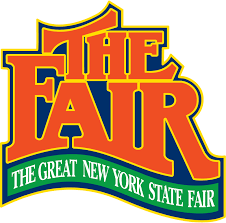Learn More About Sensory Gardens
Welcome New York State Fair Visitor!We are thrilled that you used the QR code you found in the NYSNLA Sensory Garden at the Courtyard of the Horticulture Building! We hope you enjoyed experiencing and learning about our Sensory Garden. Below please find more useful information to help guide you in creating your own personal Sensory Garden! What is a Sensory Garden? A sensory garden is a garden that has a collection of plants and other elements that are appealing to move or more of the five senses: sight, smell, sound, taste, and touch. Sensory gardens should be accessible for all people to enjoyed--disabled and non-disabled. Why Make a Sensory Garden? We experience everything through our senses and this creates the multi-sensory memories we carry with us. The more senses we engage, the richer the experience and the more we remember. With imaginative sensory design and sensitive attention to detail, a garden becomes a sensory feast. Lining-Up the Right Plants & Elements to Your Senses Click here for a handy list of Sensory Garden Plants! Plants for sense of TOUCH:
Fragrant plants for sense of SMELL:
Plants that generate SOUND:
Plants that enliven sense of SIGHT:
Vegetable Garden Plants:
Herb Garden Plants:
Berries & Fruit:
Small Arbor with Edibles:
Edible Flowers:
Decorative Elements:
Some Interesting & Helpful Articles/Resources on Sensory Gardens Sensory Gardens Video from Cornell Cooperative Extension of Genesee County |


